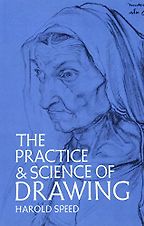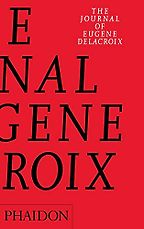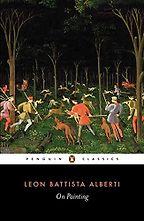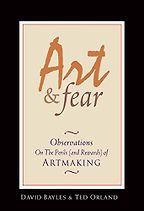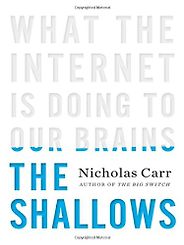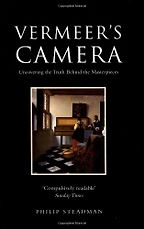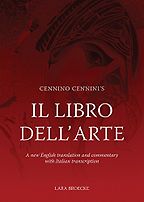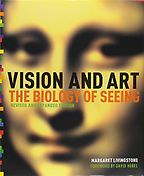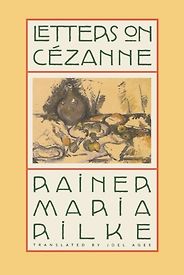Applied Arts & Crafts
Last updated: October 15, 2022
Making is a form of thinking. And making is rarely taught in most schools these days. Students are given credentials while being deprived of an important source of problem-solving skill. Perhaps it is a growing recognition of the Arts & Crafts sentiments underlying the work of the artists, activists and writers featured in Five Books interviews that underpins the resurgence of making that we see today. Easily caricatured as hipster nostalgia, what if the impulse more than aesthetic? What if it is an ethos, an impulse towards a genuinely better way of organising our individual and collective lives? An exemplary exponent of this world view is the publication Hole & Corner, which has given us much inspiration over the last year. Looking for books about craft and making art? Browse through our expert recommendations to find the best books on applied arts, architecture, design, illustration, and photography to give as a gift to an art lover—or for your own library. Craft books interviews explore the passions of makers, from Typeface to Gardens to Interior Design.
Technology in our culture is called upon to do a lot of heavy lifting. For some technophiles, there’s little doubt that it will solve the climate crisis, alleviate global hunger, banish loneliness through connectivity. In short, it’s the miracle cure we’ve all been waiting for. Only what if it is precisely our blind faith in technology that got us into our present fix? We think of ‘Luddite’ as a derogatory term. The Luddites were not, as capitalist apologists for unregulated innovation claim, technophobes. They were artisans –primarily skilled workers in the early-nineteenth-century English textile industry. Faced with the advent of machines operated by low-wages unskilled labor, they turned to productive sabotage. What they objected to was not only the threat to their wages, but also to the production of cheap, inferior goods which would damage the reputation of their trades. In an age of proliferating bullshit jobs, it may be instructive to revisit their bone of contention. Arts & Crafts as conceived by William Morris underpins a slow living ethic that may be worth exploring today.
Perhaps what we need is not more hi-tech, premised as it is on the extraction of ever-rarer precious metals and the uninterrupted hum of energy-thirsty server farms the world over, but more lo-tech. Perhaps what we need is more manufacture, in the etymological sense, from the Latin manu factum or ‘made by hand’.
The best books on Drawing and Painting, recommended by Juliette Aristides
Geniuses may only be born once a century or so, but great art gets made all the time. Some of it follows atelier methods inspired by an apprenticeship model that has been handed down through the centuries. Juliette Aristides, an artist at the forefront of the atelier revival movement, discusses five books that are ‘core curriculum’ for anyone who wants to learn how to paint and draw, and thereby explore the virtues of sustained attention and close observation that come with making representational art.
The best books on Vermeer and Studio Method, recommended by Jane Jelley
Painting is not what it used to be. With materials and photography close to hand, it’s easy to forget the sheer labour involved in producing an Old Master canvas. What does studio method – the making of masterpieces – tell us about artistic genius, then and now? Painter Jane Jelley considers the question using Johannes Vermeer as her starting point.
